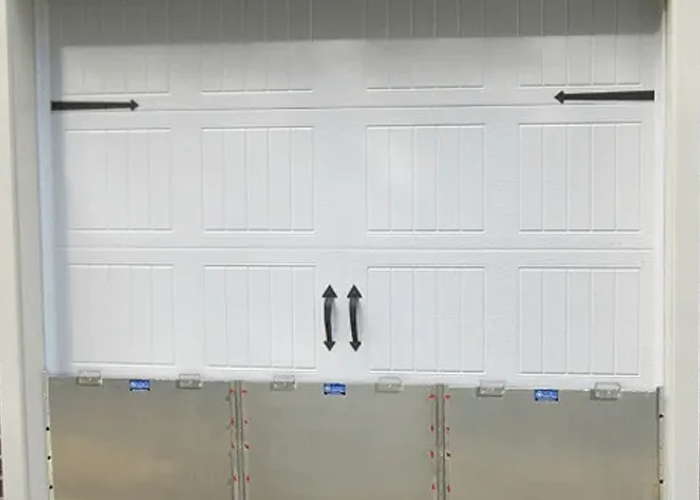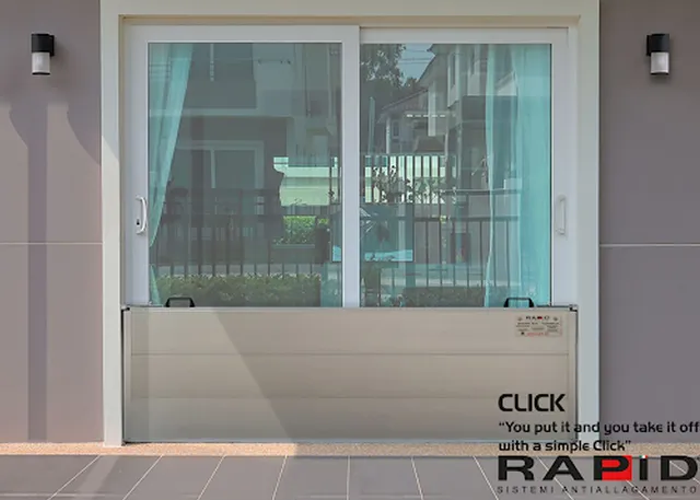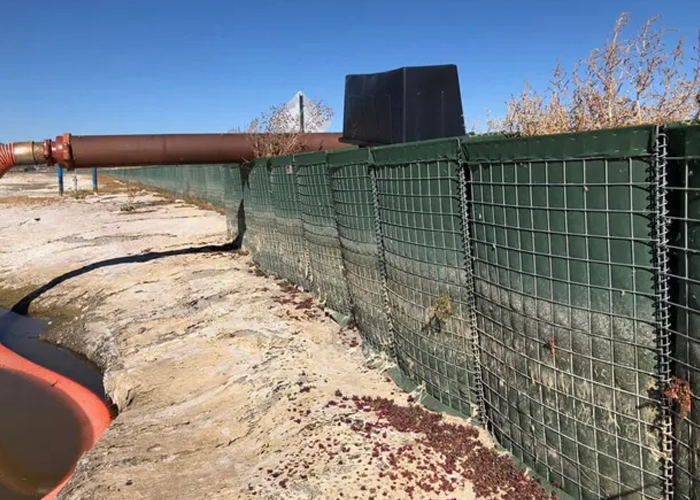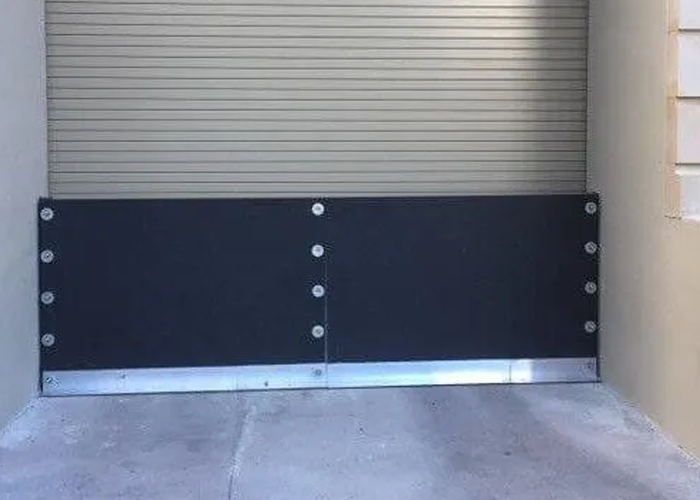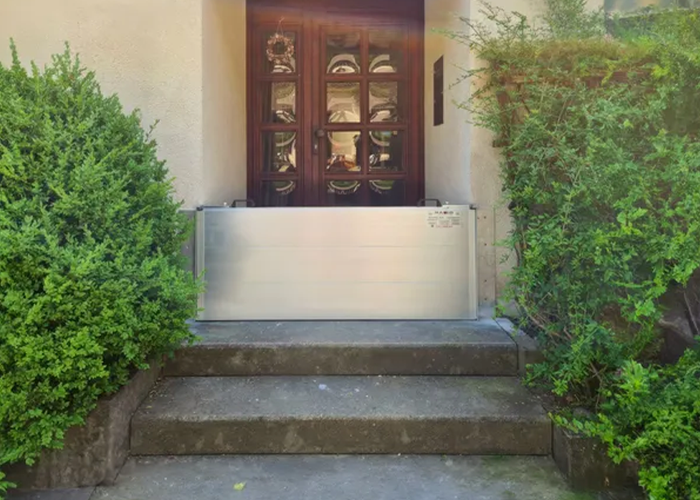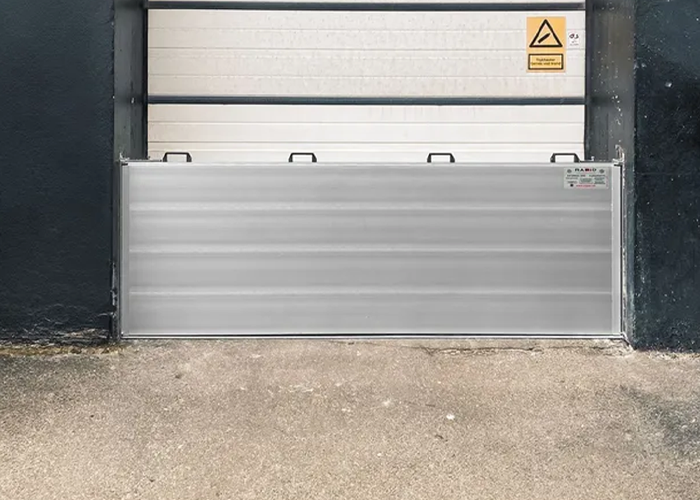The Double Disaster of Forest Fires and Subsequent Flooding


The Double Disaster of Wildfires and Subsequent Flooding
Moving from one environmental disaster to the next. First responders transition from fighting forest fires to fighting floodwaters, and yet the forests continue to burn. This has become the ‘new normal’ within the USA and around the world as temperatures continue to increase.
The full force of local, state, and federal authorities can be seen in New Mexico AGAIN as the South Fork and Salt fires leave a burn scar of nearly 18,000 acres and a looming flood threat that has already delivered catastrophic flooding to the town of Ruidoso multiple times! This fire has torched 1400 structures which includes over 500 homes within the Ruidoso area this month while catastrophic flooding and debris flows demolished nearly half of the town that remained. Ruidoso needs a break from disaster along with the thousands of first responders who are faced with the daunting task of putting the fires out while simultaneously protecting what is left of Ruidoso from flooding. This problem is happening all over the western USA as well as Canada.


Ruidoso looks like a surreal war zone suffering from, and preparing for, continued disaster events like flooding. Sandbags fortify homes and businesses everywhere while uniformed military personnel from the National Guard drive the streets delivering sandbags performing a variety of support functions to defend against the new threat of flooding. The surrounding forest is black from the cooked ground to the burnt trees that look like nothing more than blackened poles sticking out of the ground and devoid of any sort of greenery. Mountains of rock and debris have cascaded down the mountain sides from recent flooding and have created debris piles that are everywhere. This is accompanied by fields of black soot and mud that cover the landscape, the roads, yards, and even the insides of homes from the first rain and subsequent flooding since the fire began. The town then flooded again about 6 days later and again about 3 days after that!

Forest fires can bring more devastation than the fire itself. First, the fire, and then the flooding which follows. Within the western USA particularly, forest fire debris flows are becoming one of the major sources of flooding we encounter. The ground gets ‘cooked’ by the fire and cannot let rainwater soak in. When it rains, there is no vegetation to slow the downward flow of water and the cooked ground causes rain run-off to quickly gain speed and intensity as flows downhill. As runoff water gains speed and volume, erosion quickly begins to take place which creates a muddy soup that is heavier than most floodwater. Since there is no vegetation to hold the topsoil in place, the soil erodes and exposes rocks, boulders, and eventually trees and logs which create one of the most powerful and violent forms of flooding we encounter; debris flows. This creates the knock-on effects of a damaged ecological systems from covering streambeds and fish spawning areas with mud to barren mountain tops with little habitat left survive.
It is monsoon season in New Mexico and residents of Ruidoso are preparing for this to be the new normal for about the next 3-5 years, as is the case within these forest fire burn scar areas throughout the country.

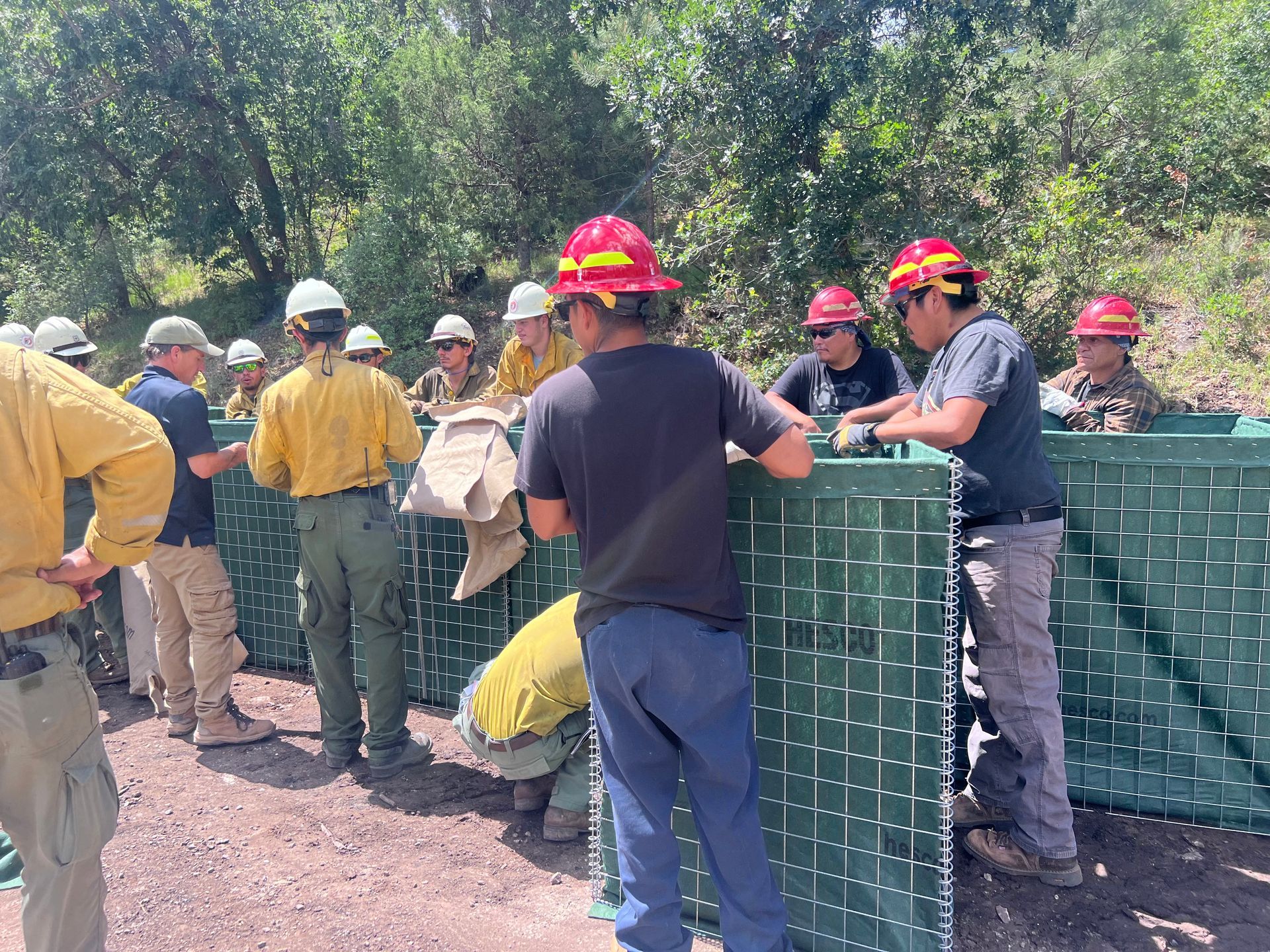
During this deployment, Flood Defense Group supported the US Army Coprs of Engineers within the emergency operations center and an ‘alphabet soup’ of other organizations who work together to respond to these disaster events and support long term recovery efforts within the area. Flood Defense Group arrived to find a flurry of organizations actively supporting this effort. We were behind the front-line of the ongoing fire disaster to assist in spearheading the new flood defense effort by installing flood barriers to protect against the impending debris flows that generally follow forest fires within the burn scar areas.


The wider flood defense effort included firefighters transitioning from fighting the fire to preparing for floodwaters and installing flood barriers. The US Forest Service had crews cutting out trees, logs, and debris from river channels to prevent log jams from causing debris laden flood water to spill outside the banks of the rivers. Simultaneously, there were additional US Fores Service and Department of Transportation crews resurfacing backroads to protect homes by channeling potential floodwater back to the drainage channel in which it belongs. This was all happening while heavy machinery of all types worked to dig the town out of the mess of mud and debris that had already been deposited. Independent of the work to clean up from flooding and prepare from follow-on flood events, additional efforts were under way to repair the environment of effected watersheds, raise or replace levees wherever needed, repairing infrastructure that had been damaged, and a monumental clean-up effort!
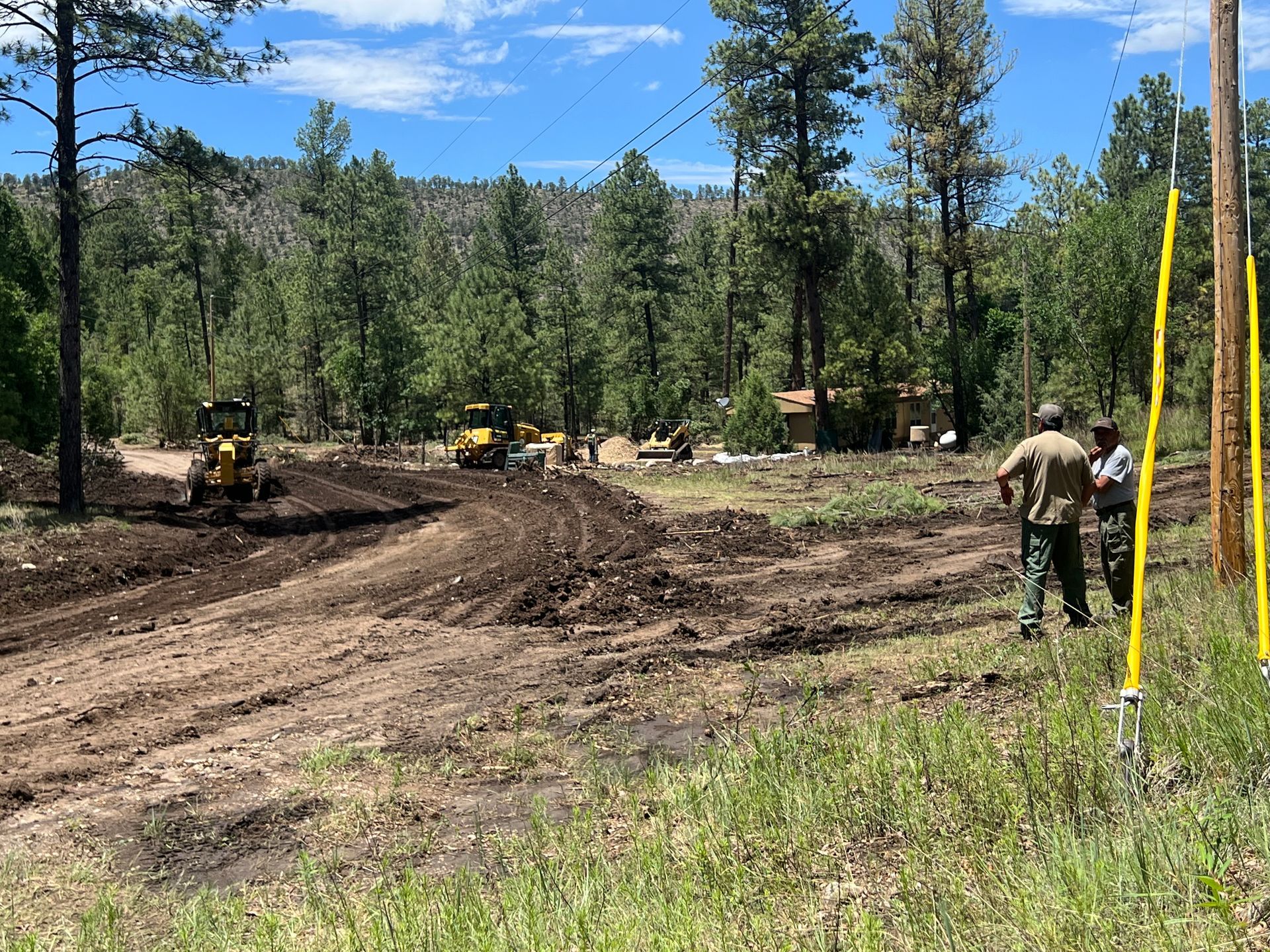

This is only one example of flooding and flood defense operations that result from this specific wildfire. As of today, July 29th 2024, there are 94 large active forest fires actively burning within the USA which have already burned well over 2 million acres this ‘fire season’, that is less than half finished. In some places within the USA, the term ‘fire season’ is no longer valid because forest fires are becoming a problem all year long.
In the last 2 years, Flood Defense Group has supplied nearly 20 linear miles of flood barriers in California, New Mexico, Arizona, Colorado, Oregon, and Washington alone to protect homes, property, and infrastructure against debris flows and flooding. We have a variety of barriers to protect homes and buildings from flooding but when it comes to redirecting a debris flow, the HESCO Barrier is certainly the most widely used flood barrier within the USA do accomplish this. This product is generically known as a ‘soil filled gabion’ or ‘lined gabion’ basket which is well described as a soil filled building block that is easily stacked to achieve about any protective height for a flood wall that you may require. Also, when it comes to redirecting debris flows, this product is regularly ‘doubled up’ to create flood walls with greater mass when greater protection is required. This is because debris flows are among the most violent types of flooding. Debris flows are full of mud, rock, and debris which makes for the heaviest form of flood water we encounter and are generally moving at a great velocity. Within this type of flood defense environment, you can be expected to deal with heavier water, large debris impacts, ground scouring, erosion, damming of rivers from debris, and a generally short notice before floodwaters arrive in a generally unpredictable manner. And to make matters worse for those people dealing with this type of flooding, they can expect it to happen for about 3-5 years after the forest fire while vegetation can regrow and stabilize the ground again. Forest fires definitely create additional disasters long after the disaster of the fire itself!
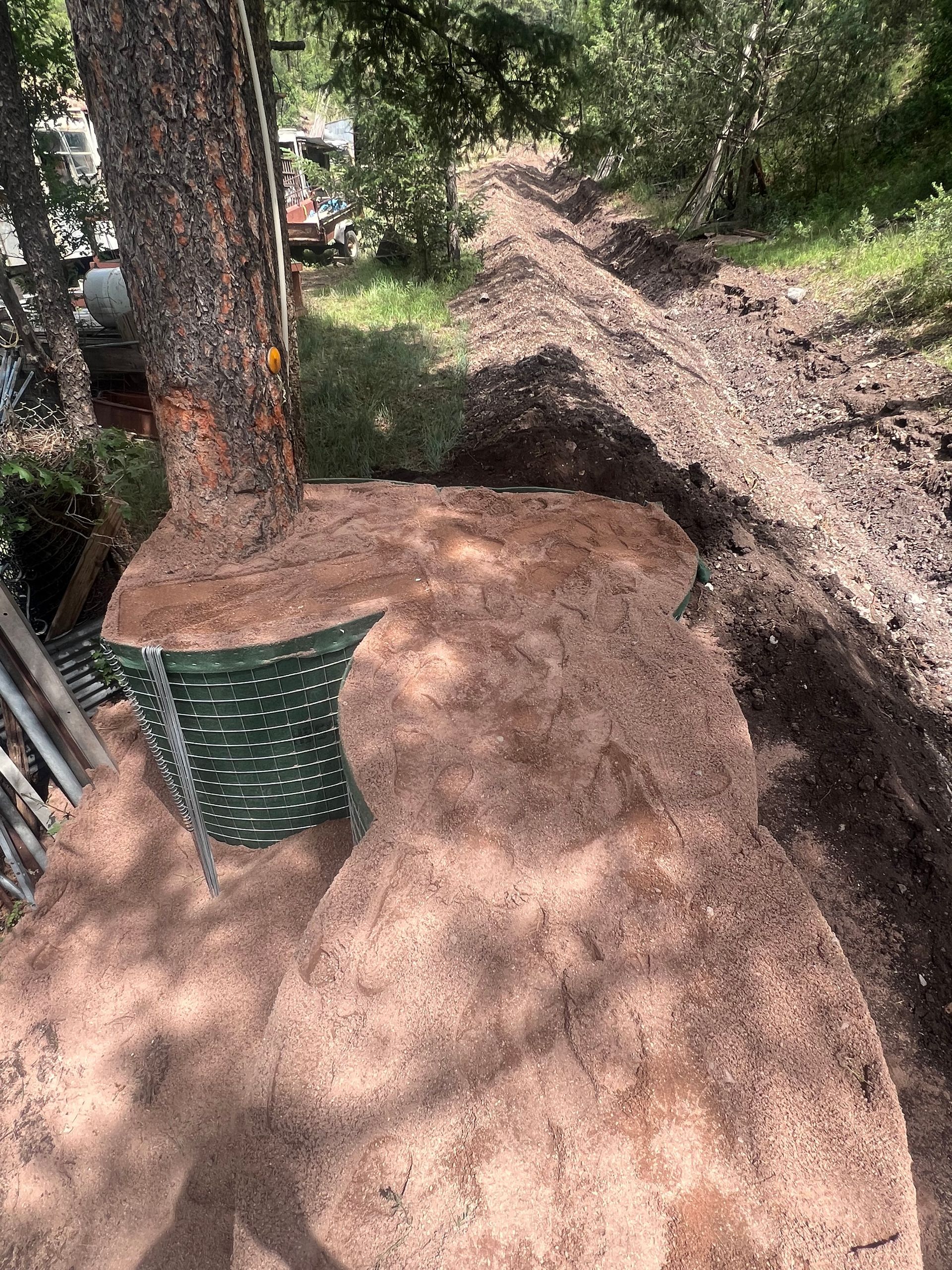

If you live close to a river or even a dried creek bed and are within a watershed downstream from a recent forest fire burn scar, we suggest taking immediate action to mitigate against any perceived flood threats you may have because once it starts to rain on a new burn scar, it may be too late react. Throughout our time in fighting flood water, we have developed great appreciation to how dangerous and unpredictable flooding is within burn scar areas and we suggest you take steps to prepare for potential flooding. This includes keeping your riverbed free of debris and excessive trees or vegetation that will snag floating debris and create dams. You can take steps to protect your home from flooding by purchasing flood barriers or developing some flood defense landscaping techniques to keep your home out of harms way from flood waters or potential debris flows. Find local information sources discussing potential flood problems and keep a list of phone numbers you may need to have in an emergency. Make sure you have an evacuation plan and even a ‘go bag’ so when flood waters arrive, you can be as ready as possible to make a safe escape.
Be prepared and if you live within the path of a potential debris flow, Flood Defense Group can help. We are always happy to provide any support we can whether you are using a traditional flood barrier or simply trying to employ some DIY techniques to protect your home from flooding. Give us a call and we will make every effort to help in any way we can!
Stay Dry
Flood Defense Group
www.flooddefensegroup.com
info@flooddefensegroup.com
1-208-585-1815
